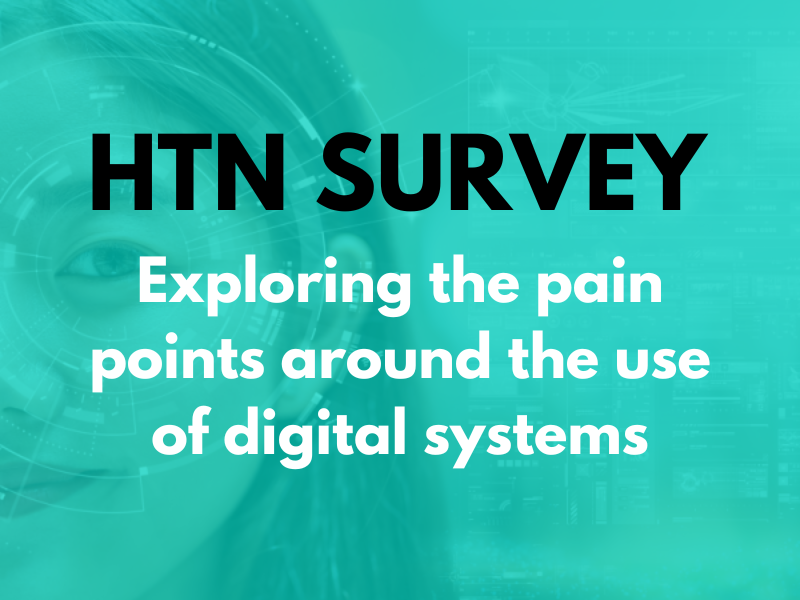Stanford Health Care is piloting an AI-backed software, ChatEHR, that enables clinicians to interact with and ask questions about patient medical records.
ChatEHR uses information about a patient’s medical history to offer responses to clinician queries, automatically summarising charts and performing a range of other tasks to assist clinicians in providing care. It has been in development since 2023, when a team of Stanford Medicine researchers reportedly saw the promise of large language models and were “inspired to create something useful for clinicians”.
The software is currently being tested by a small cohort of Stanford Hospital employees, who are working on monitoring performance, refining accuracy, and enhancing use. Whilst it is not intended to provide medical advice, it is designed to act as an information gathering tool to save clinicians time.
A number of automations are also being built, seeing the software used to determine whether a patient could be transferred to a nearby patient care unit with more space, in determining eligibility for hospice care, or recommending additional monitoring following surgery. Additional features such as citations to show clinicians the source of information compiled by ChatEHR are also being developed.
Nigam Shah, chief data science officer at Stanford Health Care, noted the importance of AI being embedded into workflows and using information in a medical context, adding: “ChatEHR is secure; it’s pulling directly from relevant medical data; and it’s built into the electronic medical record system, making it easy and accurate for clinical use.”
ChatEHR is continuing to be evaluated based on MedHELM, a framework for LLM evaluation in medicine, with the eventual goal of achieving rollout to all clinicians. “We’re rolling this out in accordance with our responsible AI guidelines, not only ensuring accuracy and performance, but making sure we have the educational resources and technical support available to make ChatEHR usable and useful to our workforce,” Shah said.
Wider trend: AI chatbots
NHS Oxfordshire and NHS Buckinghamshire Talking Therapies services have introduced an AI-powered chatbot, from Limbic, as part of their ongoing commitment “in meeting the demand for mental health support”. The chatbot was trialled over a period of six months with the aim to provide patients with “interactive, supportive, and non-judgemental” help during their mental health journey. According to Oxford Health NHS Foundation Trust, the introduction of this new service makes mental health support “more accessible, flexible and less daunting,” while also offering a way for the services to meet growing demand.
A new approach has been created utilising AI-simulated and demographically representative patient and public involvement and engagement panels, designed to enhance public voices and overcome challenges around recruitment, geography, and inclusiveness. Developed by an NHS Golden Jubilee volunteer, Andrew Steele, the approach incorporates AI large language models and UK Census data to generate what Steele refers to as “demographically representative virtual panels, enriched with specific lived experiences and health conditions”. The approach aims to support public involvement, and offers “structured feedback” on research proposals, along with patient-facing materials including infographics and quizzes.
Health Education and Improvement Wales has launched a free foundational course in AI for healthcare professionals, with plans to introduce a chatbot interface to the online course. According to HEIW, HALI facilitates personalised conversation between the chatbot and staff members, allowing them to learn how AI can be used to help in situations and areas specific to their individual responsibilities.





